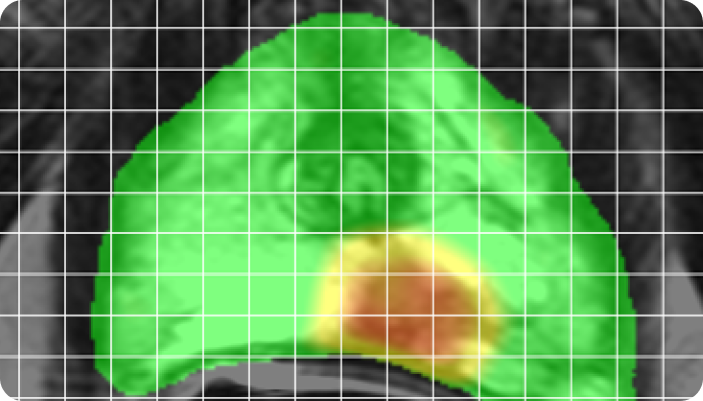Bot Image, Inc., a Nebraska and Maine based Artificial Intelligence medical device company (www.botimageai.com), raised the performance bar with its FDA-cleared AI software ProstatIDTM. The unique tri-fecta clearance of this software used for prostate cancer detection, diagnosis and screening using non-invasive/non-contrast “short-form” of MRI sequences known as bi-parametric MRI (bpMRI) has demonstrated standalone performance of 93.6% AUROC (area under the sensitivity – specificity curve).
This is in stark contrast to results reported in recent articles reporting other Prostate AI products. Dr. Randall Jones, Bot Image, Inc. founder and CEO points out that “academic articles that state broadly that there is little to no benefit to using AI in prostate cancer detection; yet, have only tested one such product, are doing a disservice to the industry”. He further notes that “not all medical devices or medical software are equivalent and only standardized performance measurements using high quality biological truth data can accurately distinguish them”. “Furthermore, if results are not reported in terms of the standalone performance of such software, then it’s like comparing apples to oranges. During Bot Image’s latest clinical trial utilizing 13 board certified abdominal radiologists reading the same prostate MR image sets with confirmed biological ground truth points, the highest sensitivity-specificity score obtained from the radiology group was a 0.742 compared to the 0.936 attained by the ProstatID software.
Bot Image’s ProstatID has huge implications for men’s health and for costs savings in the healthcare industry by being the perfect tool for early detection, active surveillance, and treatment planning using its output which detects and classifies suspicious lesions with a linearly scaled risk score as well as commonly used PI-RADS case scoring system. Clinical users have also commented that the software significantly reduces their prostate MRI interpretation time by providing them with suspicious lesion “targets” to further focus upon and grade in their clinical reports.
So, Jones states “the software has the potential to save the healthcare system billions of dollars by: 1) reducing false positives that end up costing both patient and system significantly via reduction of unwarranted biopsies and/or other treatments; 2) improving early detection; thereby reducing costs associated with more robust cancer treatments due to prevention of advanced disease; and 3) further saving costs associated with use of contrast agents (drug costs and MRI system and staff time) as well as interpretation time.


